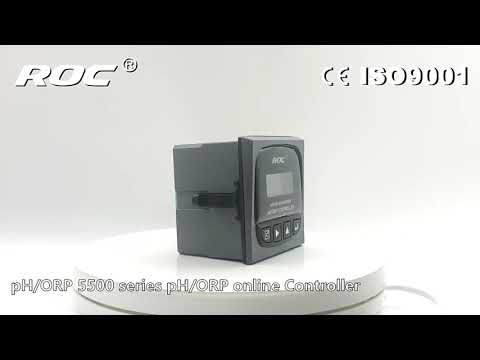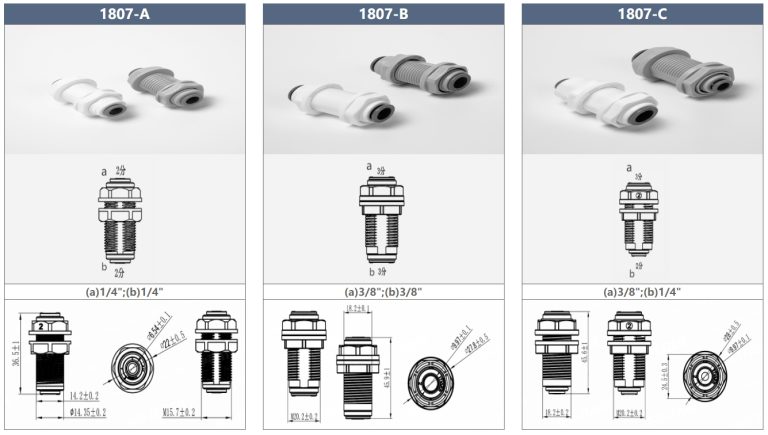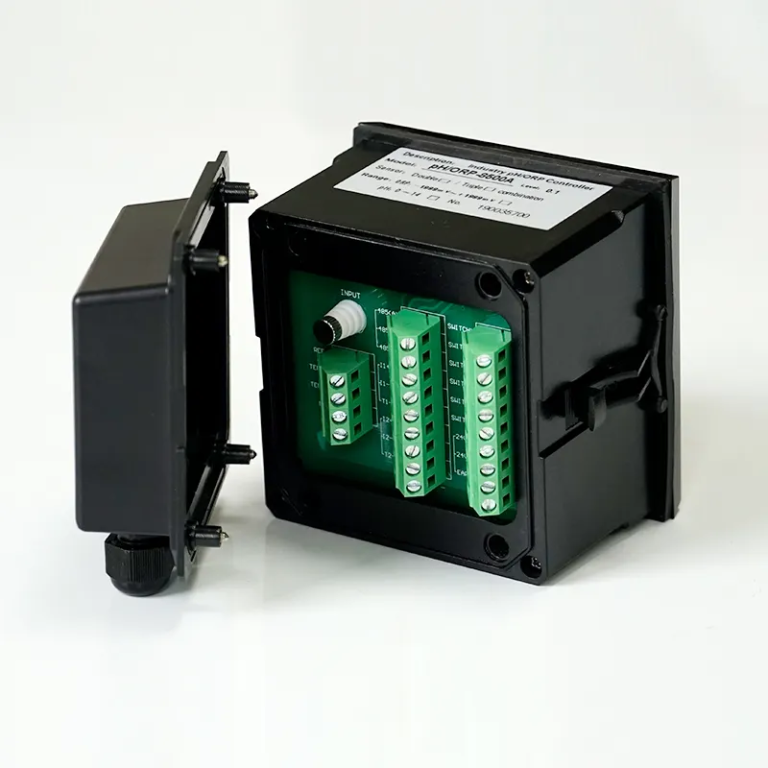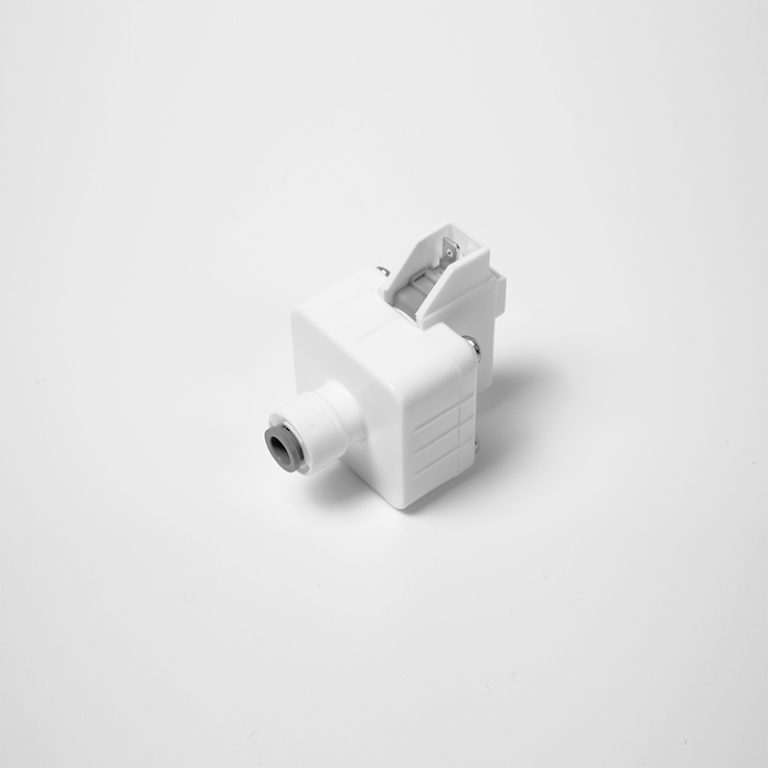Tagline: “Precision in Motion: Unveiling the Science Behind Flow Meters”
Introduction to Flow Meters: Understanding the Basics
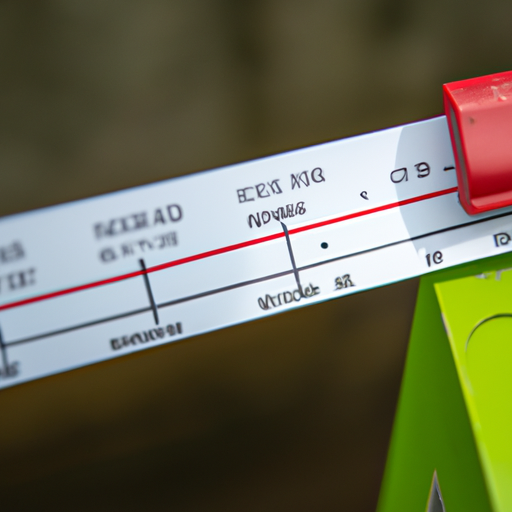
Flow meters are essential devices used in various industries to measure the rate of fluid flow. From water and gas utilities to oil and chemical processing plants, flow meters play a crucial role in ensuring accurate measurements and efficient operations. In this article, we will delve into the basics of flow meters, exploring how they work and the different types available.
At its core, a flow meter is a device that measures the quantity of fluid passing through a specific point in a given time. This measurement is typically expressed in units such as liters per minute or cubic meters per hour. Flow meters are used to monitor and control the flow of liquids, gases, and even slurries in industrial processes.
The principle behind flow meters is based on the concept of fluid dynamics. Fluids, whether liquid or gas, flow through pipes or channels, and their movement can be quantified by measuring certain parameters. Flow meters utilize various techniques to measure these parameters and calculate the flow rate accurately.
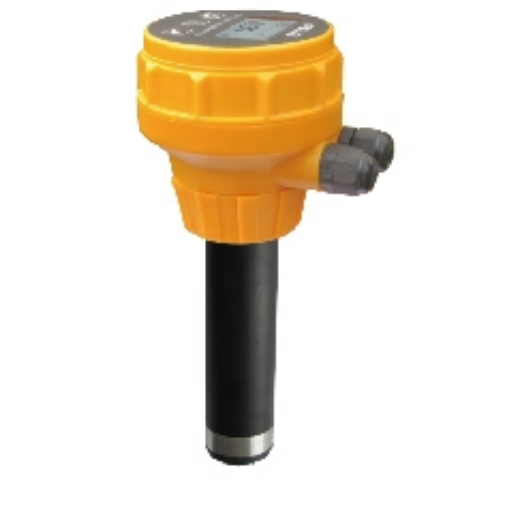
One common type of flow meter is the differential pressure flow meter. This type of flow meter measures the pressure difference between two points in a pipe or channel. By knowing the pressure difference and the pipe’s characteristics, such as diameter and length, the flow rate can be determined using mathematical equations. Differential pressure flow meters are widely used due to their simplicity and reliability.
Another type of flow meter is the positive displacement flow meter. This type of flow meter measures the volume of fluid passing through by dividing it into discrete increments. As the fluid flows through the meter, it displaces a specific volume, which is then counted and accumulated to determine the total flow rate. Positive displacement flow meters are highly accurate but are typically used for low flow rates and viscous fluids.
Ultrasonic flow meters are another popular choice in industries where non-invasive measurements are required. These flow meters use ultrasonic waves to measure the velocity of the fluid. By transmitting ultrasonic waves through the fluid and measuring the time it takes for the waves to travel between two points, the flow rate can be calculated. Ultrasonic flow meters are versatile and can be used for a wide range of fluids, including liquids and gases.
Magnetic flow meters, also known as electromagnetic flow meters, utilize Faraday’s law of electromagnetic induction to measure the flow rate. These flow meters consist of a pipe with electrodes and a magnetic field. As the conductive fluid flows through the pipe, it generates a voltage proportional to its velocity. By measuring this voltage, the flow rate can be determined. Magnetic flow meters are particularly useful for measuring the flow of conductive liquids, such as water and wastewater.
| Model No. | CCT-8301A Conductivity Resistivity Online Controller Spec | |||
| Conductivity | Resistivity | TDS | Temp. | |
| Measurement range | 0.1μS/cm~40.0mS/cm | 50KΩ·cm~18.25MΩ·cm | 0.25ppm~20ppt | (0~100)℃ |
| Resolution | 0.01μS/cm | 0.01MΩ·cm | 0.01ppm | 0.1℃ |
| Accuracy | 1.5level | 2.0level | 1.5level | ±0.5℃ |
| Temp.Compensation | Pt1000 | |||
| Working Environment | Temp. (0~50)℃; relative humidity ≤85%RH | |||
| Analog Output | Double channel (4~20)mA,Instrument/Transmitter for selection | |||
| Control Output | Triple channels photo-electronic semiconductor relay ,Load capacity: AC/DC 30V,50mA(max) | |||
| Power Supply | DC 24V±15% | |||
| Consumption | ≤4W | |||
| Protection Level | IP65(with the back cover) | |||
| Installation | Panel mounted | |||
| Dimension | 96mm×96mm×94mm (H×W×D) | |||
| Hole Size | 91mm×91mm(H×W) | |||
In conclusion, flow meters are vital tools in various industries for measuring the rate of fluid flow. They work based on different principles, including differential pressure, positive displacement, ultrasonic, and magnetic induction. Each type of flow meter has its advantages and is suitable for specific applications. Understanding the basics of flow meters is essential for selecting the right type for a particular process and ensuring accurate measurements and efficient operations.

